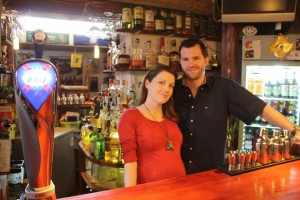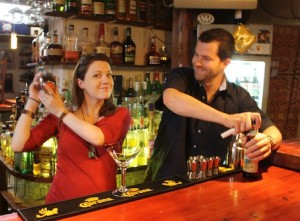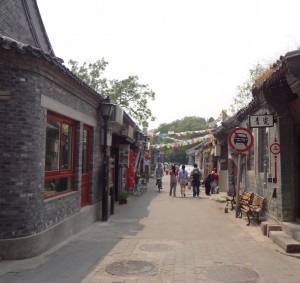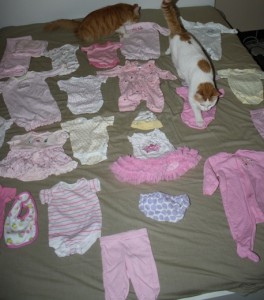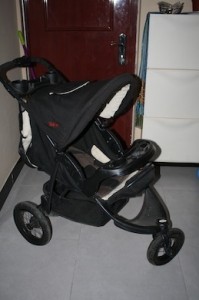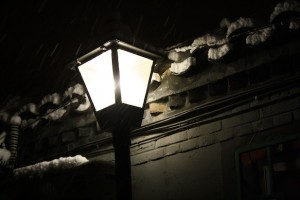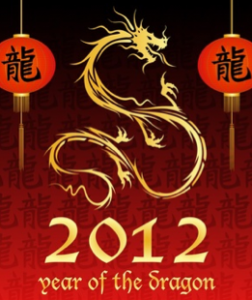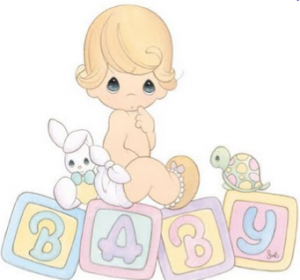China is a great place to get artistic. Granted, it’s hard to paint outdoors because a mob will gather around you, suffocating any sense of serenity or peace, but at the same time the social vibe can be fun if you’re into painting people. What I love about painting in China is the cost.
On Wusi St. in Beijing you’ll find several art shops that sell a range of supplies. From modeling to wood work to painting, sculpture and sketching, everything your artistic heart could desire. And at the fraction of the cost of buying stateside. In 2007 for my birthday I was given a $100 gift card to an art store in Minneapolis. I was in 7th heaven running around filling up my cart. Turns out $100 doesn’t go far in an art store in America. I ended up buying one giant, awesome canvas, some brushes and paints and a sketchbook and pens.

On Wusi St. I took $100 and walked out with ten meters of canvas (unframed), around 30 paint tubs, 12 new brushes, a sketchbook, charcoal pencils, eraser, drafting rulers and all the fixings (paint thinner, sealer, finisher, etc). It was a bonanza. And more recently when my folks visited they did a similar shopping spree at the art store. And why not, you take a suitcase of paints out on your flight and you can paint for a year!
A few days ago a lovely lady at the bar asked to buy one of my paintings (remember the giant llama painting?). I’m pretty attached to my dignified animals, but it was a happy moment nonetheless to have an offer. I’ve had some other interest in my dignified squid. I’m just hoping to hold on to them long enough to get the whole series completed and photographed. Here are some of the dignified animals below.
Dignified Animals:

Dignified Llama (above). The canvas is around 4X4feet, framed.

Dignified Hippo (above). The canvas is around 5 feet x 2 feet, unframed.
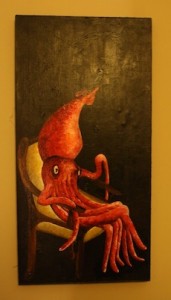
Dignified Squid (above). The canvas is 1 foot x 2.5 feet, framed.

Dignified Sloth (above). The canvas is 1 foot x 9 inches.

Un-Dignified Alpaca. This one wasn’t part of the series, but it kind of fits in well here. The canvas is about 1 foot by 9 inches.
Picaso Copies
I was also fascinated by Picaso for a while and went through a phase where I was tossing color and shapes around, even more ridiculously than the master himself (and not as successfully). Here are a few of the Picaso replicas:

The pregnant woman seems sadder in mine than Picasos, and also a bit more Dr. Seuss like.

The above was also not as successful as Picaso’s (that’s why he’s the man!). I’m also not sure why her boobs are hanging out while she’s reading. I usually don’t read that way.
 The above is my least favorite of my Picaso copies. I might do some work on the tiles to make them pop more, and I’ve always disliked the muted mirror.
The above is my least favorite of my Picaso copies. I might do some work on the tiles to make them pop more, and I’ve always disliked the muted mirror.
 The above isn’t a Picaso copy, it’s an original! But it borrows from Picaso with the dual faces. I was going for a rich woman-poor woman dichotomy.
The above isn’t a Picaso copy, it’s an original! But it borrows from Picaso with the dual faces. I was going for a rich woman-poor woman dichotomy.
Dali Copies
A few months ago I went through a Salvador Dali phase. Below are two of the many Dali look-alike pieces I did:

The above is a bit more “southwestern” than Dali’s normal landscapes, but I love the long-legged elephant look.
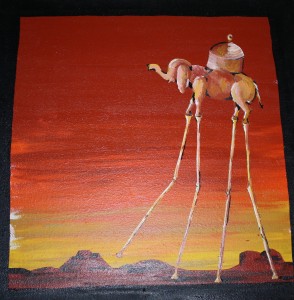
The above is obviously part of a pair, I did them to flak a doorway.
Oil Paintings
Below are a few oil paintings I was working on a year ago. Oil has never been my medium just because it takes too long to dry and thus fills up with cat hair before it can set.

The above is a mix of oil and acrylic. 3 feet by 2.5 feet, roughly. The reflection is all oil, the rest is acrylic. The below image is meant to accompany it as a pair.

Disturbing Images
Mike says some of my art is creepy. I don’t really agree, but here are some of the ones that he dislikes.

The above was part of a very long phase where I painted eyeballs. I have about twenty eyeball paintings.

The above started out as one thing, and morphed into another. Mike calls it the “creepy hermaphrodite” which is an insult to real hermaphrodites everywhere. It’s unfinished, but I might leave it that way to add to the oddness.
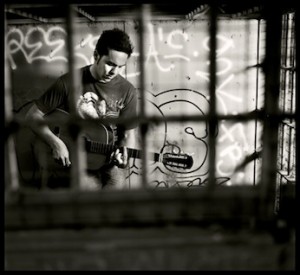 I guess you could say I had reached a point in life where I just had a hunger for something new, for the open road, to actually see and experience things that had been in books and on computer screens for too long. As a musician in NYC, I had spent almost half a decade glued to the city and it’s industry – things had worked out well financially but I was unfulfilled and didn’t know which way to turn. Out of the blue I decided to go to a crystal healing session by Jodi Serota, it seemed like a fun new experience and I had heard good things. We sat in a circle as Jodi put her hands on the crystal skull and began channeling other-worldy sounds that I can only describe as making me feel like I could knock down a building with just my arm. The next morning I awoke with a clear vision of traveling around the world for a year – I spoke to my wife, Tiffany about it and she was instantly excited by the idea.
I guess you could say I had reached a point in life where I just had a hunger for something new, for the open road, to actually see and experience things that had been in books and on computer screens for too long. As a musician in NYC, I had spent almost half a decade glued to the city and it’s industry – things had worked out well financially but I was unfulfilled and didn’t know which way to turn. Out of the blue I decided to go to a crystal healing session by Jodi Serota, it seemed like a fun new experience and I had heard good things. We sat in a circle as Jodi put her hands on the crystal skull and began channeling other-worldy sounds that I can only describe as making me feel like I could knock down a building with just my arm. The next morning I awoke with a clear vision of traveling around the world for a year – I spoke to my wife, Tiffany about it and she was instantly excited by the idea. How do I fit a year around the world into a few paragraphs? Each leg of the journey was like a separate lifetime. Indonesia followed by Thailand, Cambodia, India, Nepal was one long mystical dream – we were intoxicated by the old cultures, the reverence for something bigger than themselves, the beauty and simplicity and still the complex histories.
How do I fit a year around the world into a few paragraphs? Each leg of the journey was like a separate lifetime. Indonesia followed by Thailand, Cambodia, India, Nepal was one long mystical dream – we were intoxicated by the old cultures, the reverence for something bigger than themselves, the beauty and simplicity and still the complex histories.
